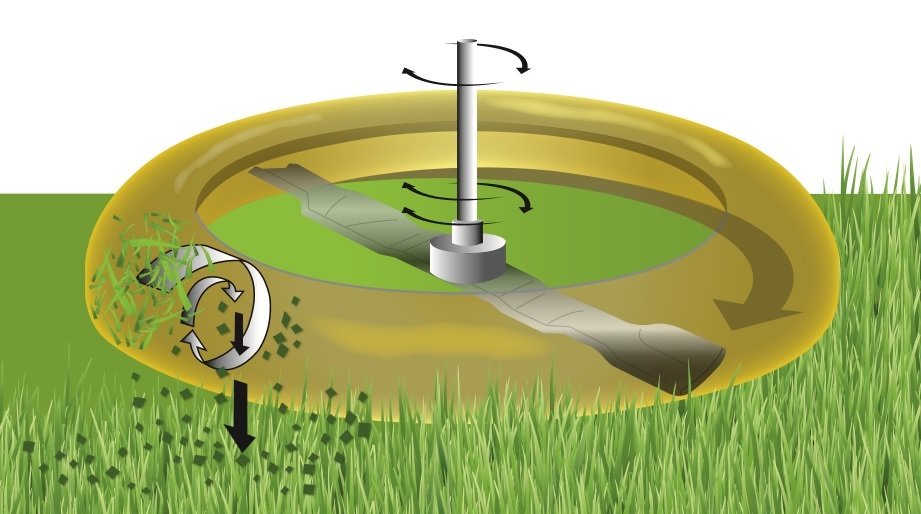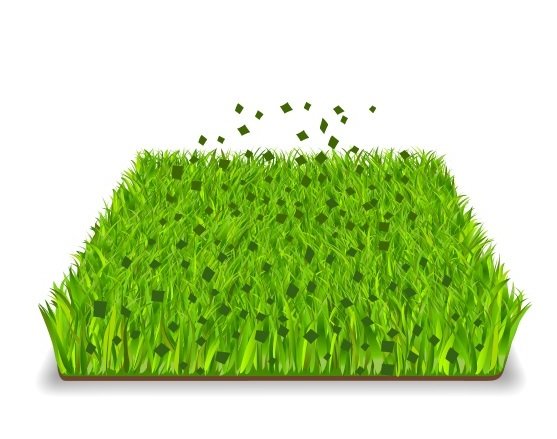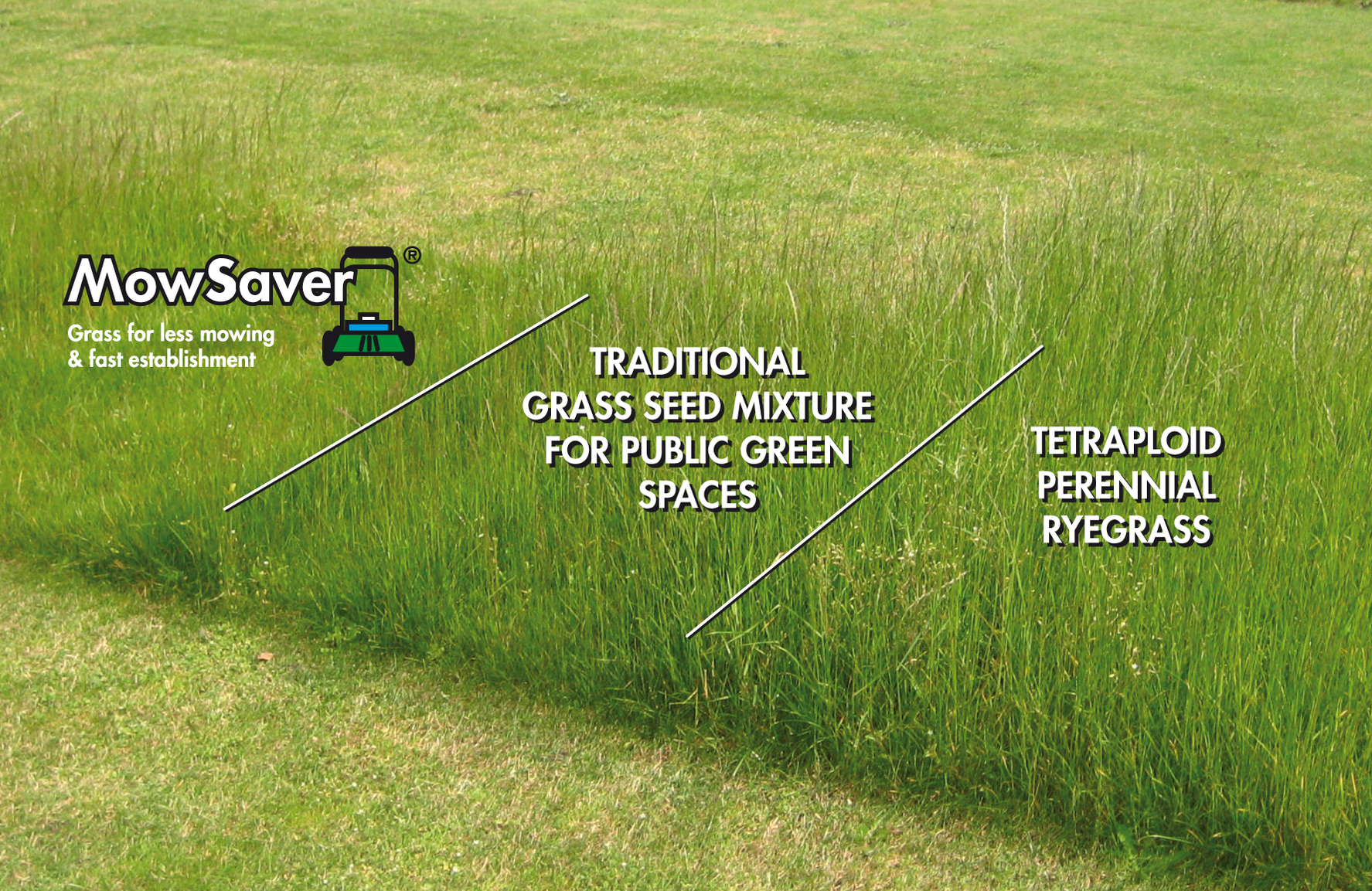With a 'normal' grass seed mixture, mulch your lawn in the growing season when the grass is growing fast once a week (April, September, October) to twice a week (May, June, July, August)! If you use Mow Saver®, the grass will grow less quickly and you will probably only need to mulch once a week or every two weeks!
A robot mower can mow daily and always mows a small section of the lawn. Because this mulch is very small, it falls neatly between the blades of grass and you cannot see it lying on the lawn.
Additional tips
Use organic fertilisers to keep soil life active and to avoid spikes in grass growth. Organic fertilisers are released gradually over several months and stimulate the soil life to convert grass residues into useful nutrition for grass plants. Salts from traditional fertilisers can negatively affect the functioning of soil life. Check the acidity of the soil by performing a soil analysis. Determine whether it is necessary to add lime. Lime can counteract the effect of acidosis, which occurs when grass is digested. A good soil analysis can also reveal deficiencies in other nutrients.







